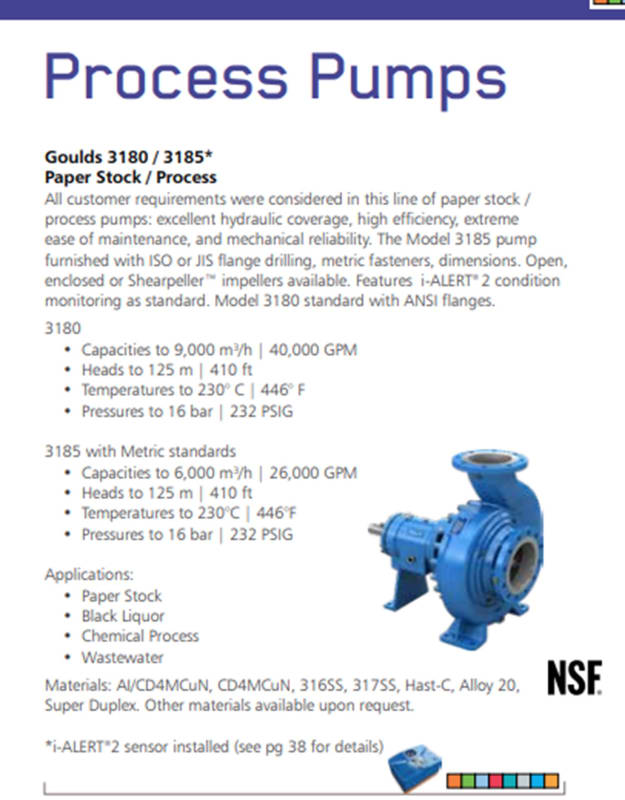Don't see why multi-stage pumps will make any difference to NPSHr, a design function for entry into the 1st impeller.
As pointed out by others, it will be decided by the inlet NPSHa being in excess of NPSHr combined with a proper evaluation of the pump selection. This would be or should be a large diameter impeller running as slow as possible to achieve the flow /head within the inlet pressure conditions.
For marginal operations near to or at the point of cavitation, if the down stream operation can handle it, a slight air bleed into the pump inlet with quieten and can assist in reducing cavitation damage. Of course this is a fix-up not a design consideration.
It is a capital mistake to theorise before one has data. Insensibly one begins to twist facts to suit theories, instead of theories to suit facts. (Sherlock Holmes - A Scandal in Bohemia.)

